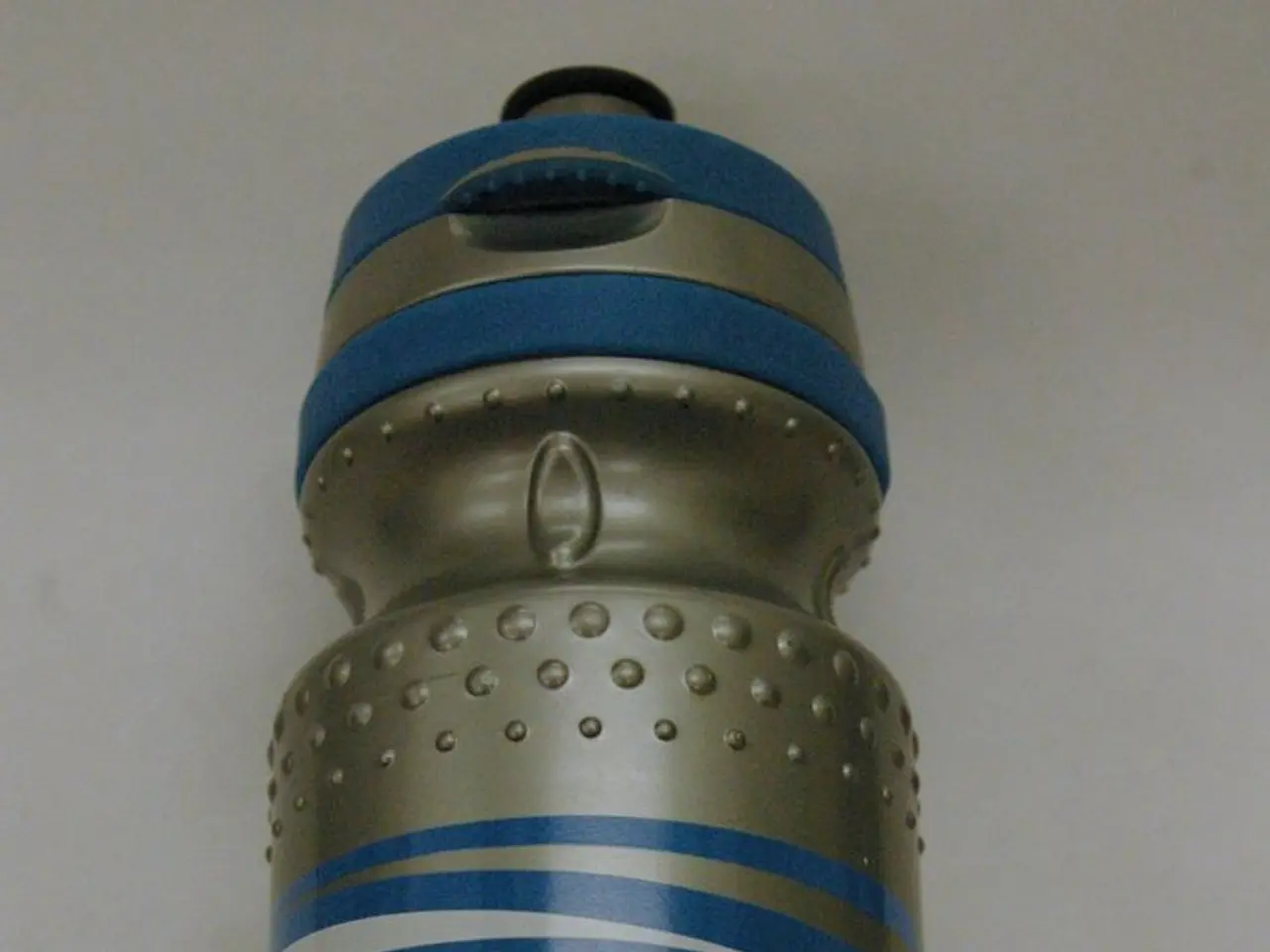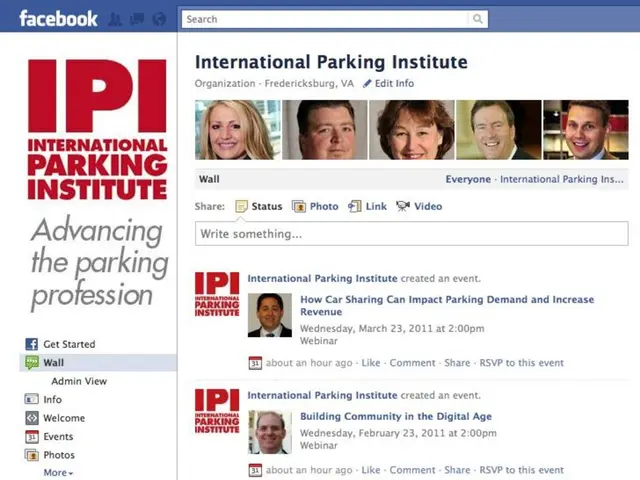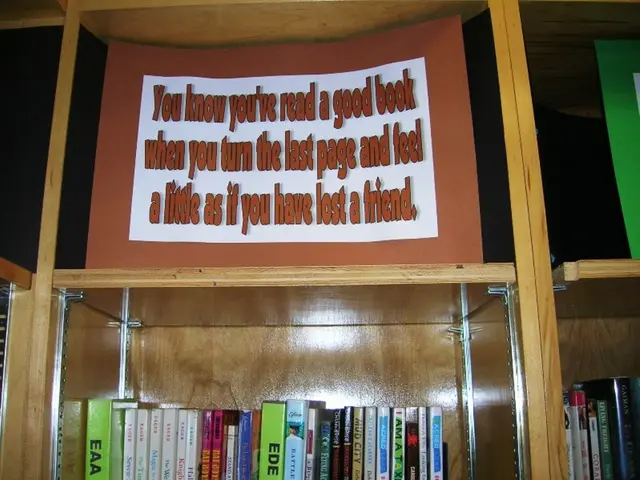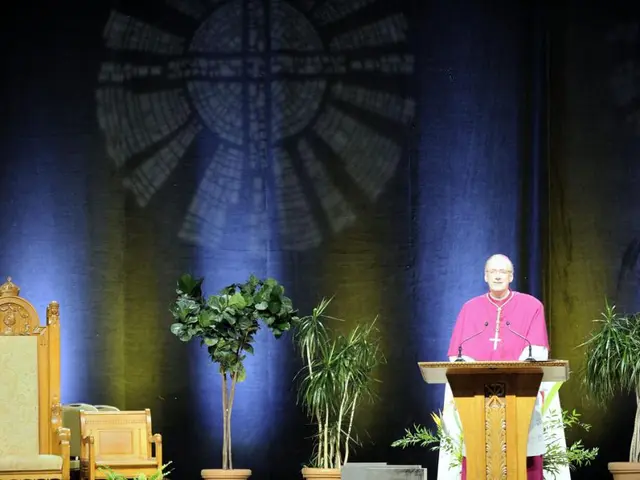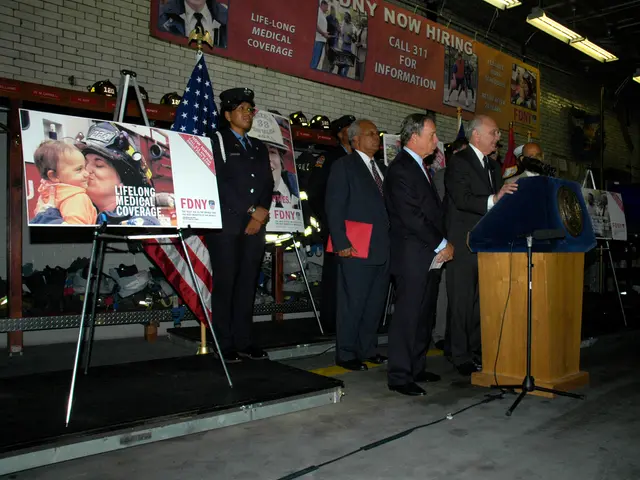Exploration of Key Figures in Scientific History
In the world of science, many brilliant minds have left their indelible marks, transforming our understanding of the universe, life, and the world around us. To help children connect with the spirit of scientific inquiry, here are engaging activities inspired by some of history's most celebrated scientists.
Galileo Galilei, the astronomer, physicist, mathematician, and inventor, is renowned for building his own telescope to explore the moon and the moons of Jupiter. Children can replicate his curiosity by observing celestial bodies or conducting experiments to understand the principles of motion and gravity.
Florence Nightingale, the founder of modern nursing, cared for soldiers during the Crimean War, earning them the nickname, "The Lady with the Lamp," as she worked tirelessly through the night. To honour her dedication, children can participate in health-related activities, learning about hygiene, first aid, and the importance of empathy in caring for others.
Ernest Rutherford, a physicist, discovered the structure of the atom, revealing that most of an atom's mass resides at its center (nucleus), with the rest being mostly empty space. To delve into this fascinating discovery, children can conduct experiments to explore the properties of matter and the behaviour of subatomic particles.
These activities combine historical context with hands-on learning, helping children to grasp key scientific concepts while appreciating the contributions of these celebrated scientists. For younger children, the focus should be on simple, visual, and fun experiments, while older children can explore the relevant scientific vocabulary and concepts more deeply.
For instance, children can recreate Marie Curie and Louis Pasteur's scientific method by conducting simple historical experiments or creating timelines of important scientific discoveries. This approach encourages careful procedure, controlling variables, and documenting results, just like Curie and Pasteur did.
Isaac Newton's discoveries in physics, including his explanation of why objects fall to the ground and why planets orbit the Sun, can be explored through a spinning color wheel experiment, demonstrating how white light is composed of many colors.
Other activities include an air expansion and contraction experiment using balloons, a capillary action experiment with flowers, an energy transfer experiment with dominoes, a sound and vibrations experiment to make a DIY phone speaker, and recreating famous historical experiments in a safe and simplified manner.
These activities not only provide an enjoyable learning experience for children but also foster a deep understanding of the scientific principles that have shaped our world. By immersing themselves in the work of these legendary scientists, children can embark on their own journey of discovery and contribute to the ongoing pursuit of knowledge.
- By observing the moon and conducting experiments related to motion and gravity, children mimic Galileo Galilei's curiosity and discoveries.
- Through health-related activities, children honor Florence Nightingale's dedication to caring for others and learn about hygiene, first aid, and empathy.
- Ernst Rutherford's discovery of the atom's structure can be explored by conducting experiments to understand the properties of matter and subatomic particles.
- Historical context and hands-on learning combine in these activities, helping children grasp key scientific concepts inspired by celebrated scientists.
- For younger children, simple, visual, and fun experiments are suitable, while older ones can delve deeper into scientific vocabulary and concepts.
- Children can replicate Marie Curie and Louis Pasteur's scientific method by conducting experiments or creating timelines of significant scientific discoveries.
- Isaac Newton's physics discoveries, like why objects fall and planets orbit, can be demonstrated by a spinning color wheel experiment showing the composition of white light.
- Activities like air expansion and contraction experiments, capillary action with flowers, energy transfer using dominoes, sound and vibrations to make a DIY phone speaker, and safe and simplified recreations of famous historical experiments enrich the learning experience for children in STEM.
- These activities inspire children to explore scientific principles that have shaped the world, embarking on their own journey of discovery and contributing to knowledge.
- By fostering an appreciation for science, children can continue their education and self-development in an environmentally conscious manner, making a positive impact on health-and-wellness, medical conditions, and the technology of the future.
